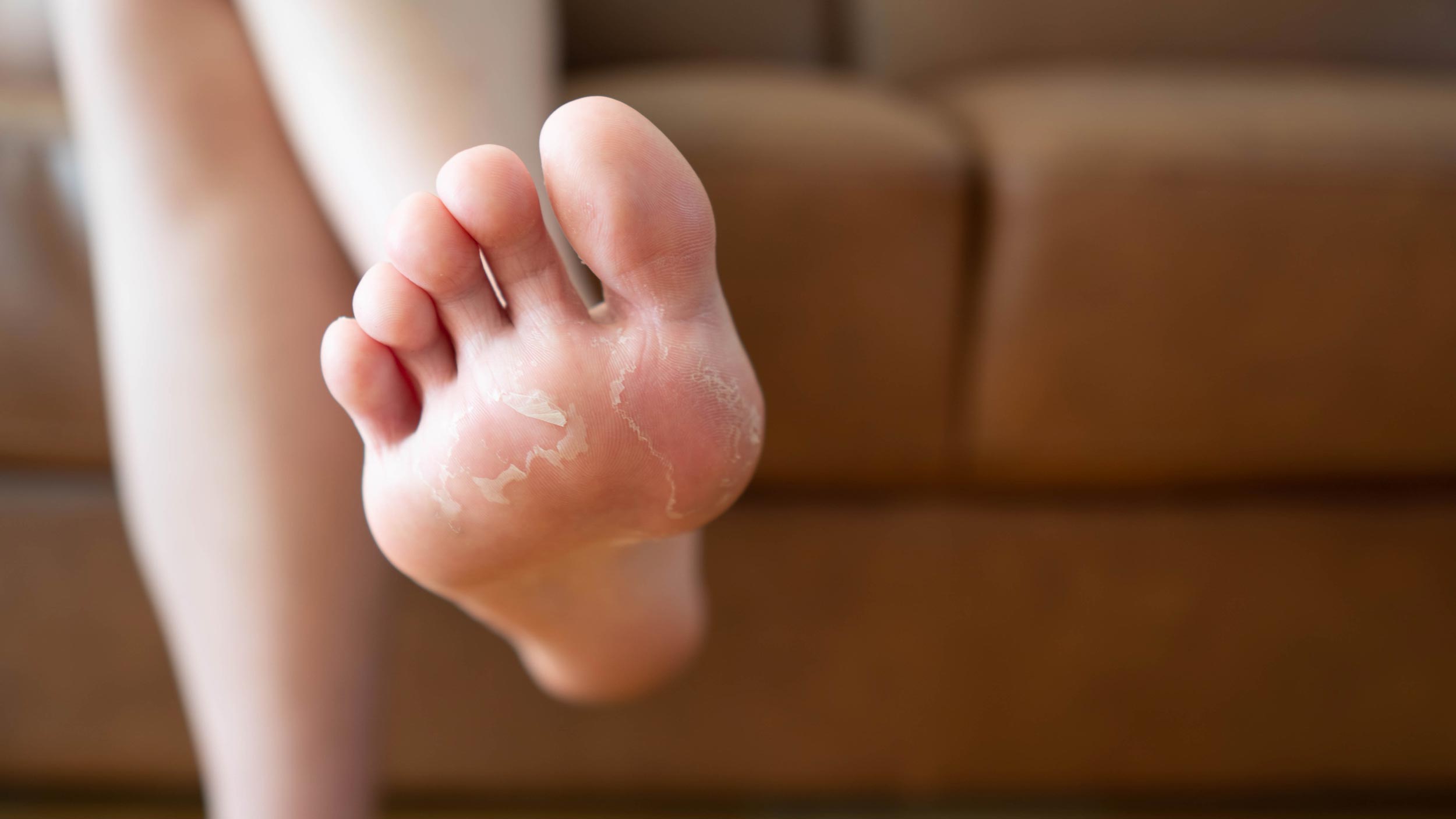It seems that our feet are the last thing we worry about in terms of health. We pay attention to them when we experience pain, notice a funky smell, or something weird shows up.
A common condition that can affect anyone is athlete’s foot. What is athlete’s foot, and what does it look like?
What Is Athlete’s Foot?
Medically known as tinea pedis, athlete’s foot is a fungal infection that affects your feet. The name comes from the fact it’s common amongst athletes but, don’t let the name fool you; it can affect you even if you are not an athlete.
The fungi that produce athlete’s foot and infect the skin are called dermatophytes. Areas that are wet and warm promote its growth, which is why athlete’s foot usually starts in between the toes.
Dermatophytes can also spread and affect:
- Hands. The condition is known as tinea manuum.
- Groin. Known as jock itch, it can spread to the inner thighs, the genitals, and the anus.
- Toenails
Symptoms of Athlete’s Foot
What does athlete’s foot look like? It starts as a rash that itches and burns. If left untreated, the skin can begin to crack, blister, and peel. If the rash spreads to the inside of the foot and the soles, you will notice redness and scaling in these areas.
Other symptoms to look out for include:
- Bumps or blisters on your feet
- Toenails that become thick, yellow, and may even fall off.
- Unpleasant odor
How Is Athlete’s Foot Treated?
Depending on the severity of the infection, athlete’s foot can be treated with over-the-counter medications, home remedies, or prescribed medications.
Over-The-Counter Medications
In most cases, athlete’s foot can be treated with over-the-counter (OTC) topical medications for targeting and attacking fungus. It can take several weeks to several months, depending on the degree of the infection.
Some of these antifungal medications include:
Home Remedies
There are some common remedies in which you can soak your feet to try and cure athlete’s foot:
- Saltwater
- Diluted vinegar
- Tea tree oil solution
Prescribed Medications
In rare cases, you might need to seek help from a medical professional who will prescribe more aggressive topical or oral antifungal treatment.
Preventing Athlete’s Foot
No matter how minimal an infection might be, it’s better to prevent it than cure it. Keeping in mind the conditions in which dermatophytes thrive, make sure to maintain your feet as clean and dry as possible. Some of the habits you can develop include:
- Wash your feet thoroughly every day.
- Dry your feet, especially in between your toes, after every shower.
- Use a clean pair of socks after you shower.
- Give your shoes a break by alternating the shoes you use each day.
- Let your feet breathe by using shoes that aren’t too tight.
- Avoid sharing shoes.
Athlete’s foot mostly spreads in public places like the showers and the gym, showers at work, or public pools. If you shower in places like these, try to use sandals to prevent touching contaminated surfaces.
A Podiatrist Can Help
Do you think your condition is more than athlete’s foot? Our Canyon Oaks Foot and Ankle podiatrists can provide proper guidance, whether you are experiencing foot issues or wanting to maintain healthy feet.

